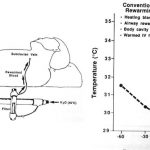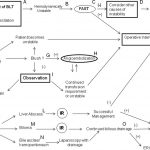The post entitled “CIWA Demystified” is one of the most popular on this blog. This type of symptom triggered therapy for alcohol withdrawal applies some degree of objectivity to a somewhat subjective problem. However, it is possible to take it too far.
A retrospective review of registry patients who received CIWA guided therapy was performed. A total of 124 records were reviewed for appropriateness of CIWA useand adverse events. They found that only about half of patients (48%) met both usage criteria (able to communicate verbally, recent alcohol use). And 31% did not meet either criterion! There were 55 nondrinkers in this study, and even though 64% of them could communicate that fact, they were placed on the protocol anyway! Eleven patients suffered adverse events (delirium tremens, seizures, death). Four of them did not meet criteria for use of the protocol.
Bottom line: In order to be placed on the CIWA protocol, a patient must have a recent history of alcohol use, and must be able to communicate verbally. Some physicians assume that patients with autonomic hyperactivity or psychological distress are withdrawing and order the CIWA protocol. This can cover up other causes of delirium, or may make it worse by administering benzodiazepines. This represents inappropriate use of the protocol!
Reference: Inappropriate use of symptom-triggered therapy for alcohol withdrawal in the general hospital. Mayo Clin Proc 83(3):274-279, 2008.



